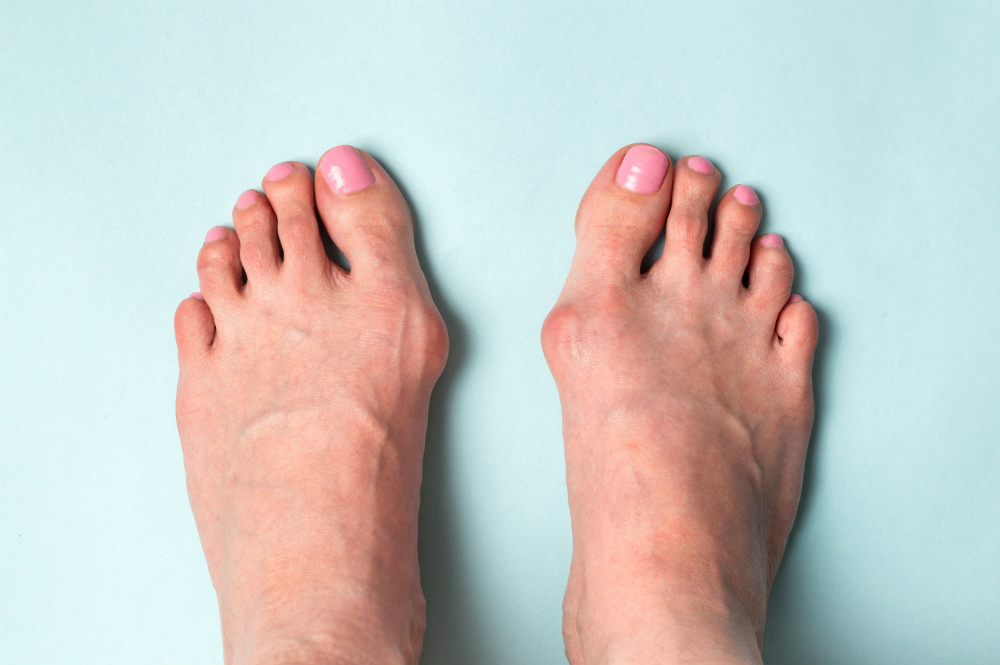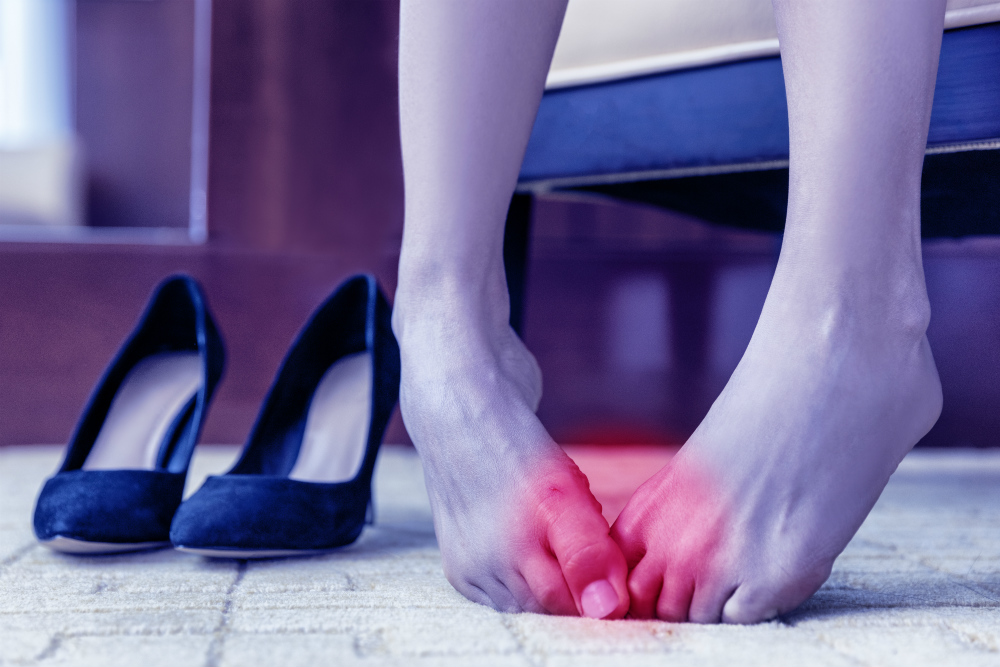Bunions
What is a bunion?
A bunion is a deformity of the proximal–or base joint–of the big toe. It is basically a progressive bony deformity that develops due to a realignment and enlargement of the joint at the base of big toe. It most commonly affects women, and can lead to many problems. Often it will cause your foot to rub on shoes, which can cause pain, redness, and inflammation. Different types of bunions may also be known as a tailor’s bunion or bunionette.
What causes bunions?
In some cases, the cause of a bunion may be unknown. There can be some hereditary or genetic tendency to have abnormalities at this part of this joint. In some cases it is also associated with joint problems such as osteoarthritis and rheumatoid arthritis. However, regardless of the underlying causes, wearing tight or unfit shoes tends to make the disease worse since it puts extra pressure on the base of the big toe and causes undue friction.
Symptoms and problems of bunions:
- Pain
- Difficulty in walking
- Infection at base of toe
- Wideness of foot
- Arthritis of big toe
- Deformation of second toe
Treatment of bunions
If pain and symptoms of a bunion persists, consult a podiatrist as soon as possible.
The primary aim of management and treatment of a patient with bunions is to relieve pressure on the bunion and stop the progression of the deformity.
A podiatrist may recommend these treatments:
-
Padding and Taping: This is the first step in the treatment of bunions. Padding the bunion decreases pain and allows the patient to continue a normal and routine life. Taping helps in keeping the foot in a normal position, thus reducing stress and pain.
-
Medication: Anti-inflammatory drugs and steroid injections are often prescribed to relieve acute pain and inflammation caused by joint enlargement and deformity.
-
Physical Therapy: Physical therapy can be very helpful in providing relief of the inflammation and bunion pain. Ultrasound therapy is a very popular and effective technique for treating bunions without surgery.
- Custom Orthotics: A foot pad or shoe insert may be helpful in stabilizing foot and ankle and may reduce symptoms and prevent worsening of the disease.
- Surgical Options: When early treatments or medications fail or the bunion progresses past the threshold for such options, podiatric surgery may become necessary to relieve pressure, decrease stress, and repair the toe joint. The surgery will efficiently remove the bony enlargement, restore the normal anatomy and realignment of the toe joint, and relieve pain and inflammation.
If you or a loved one is suffering from a bunion, reach out to our office today! Call us at (520) 545-0202 or fill out the online form below to request an appointment and start a treatment plan that is right for you.
Contact Us
Office Hours:
Monday - Friday
8:00AM - 5:00PM
Tucson Foot & Ankle Institute:
7406 N. La Cholla Blvd.
Tucson, AZ 85741
Phone: (520) 545-0202
Fax: (520) 545-0201
© Tucson Foot and Ankle Institute. All Rights Reserved. | Privacy Policy



